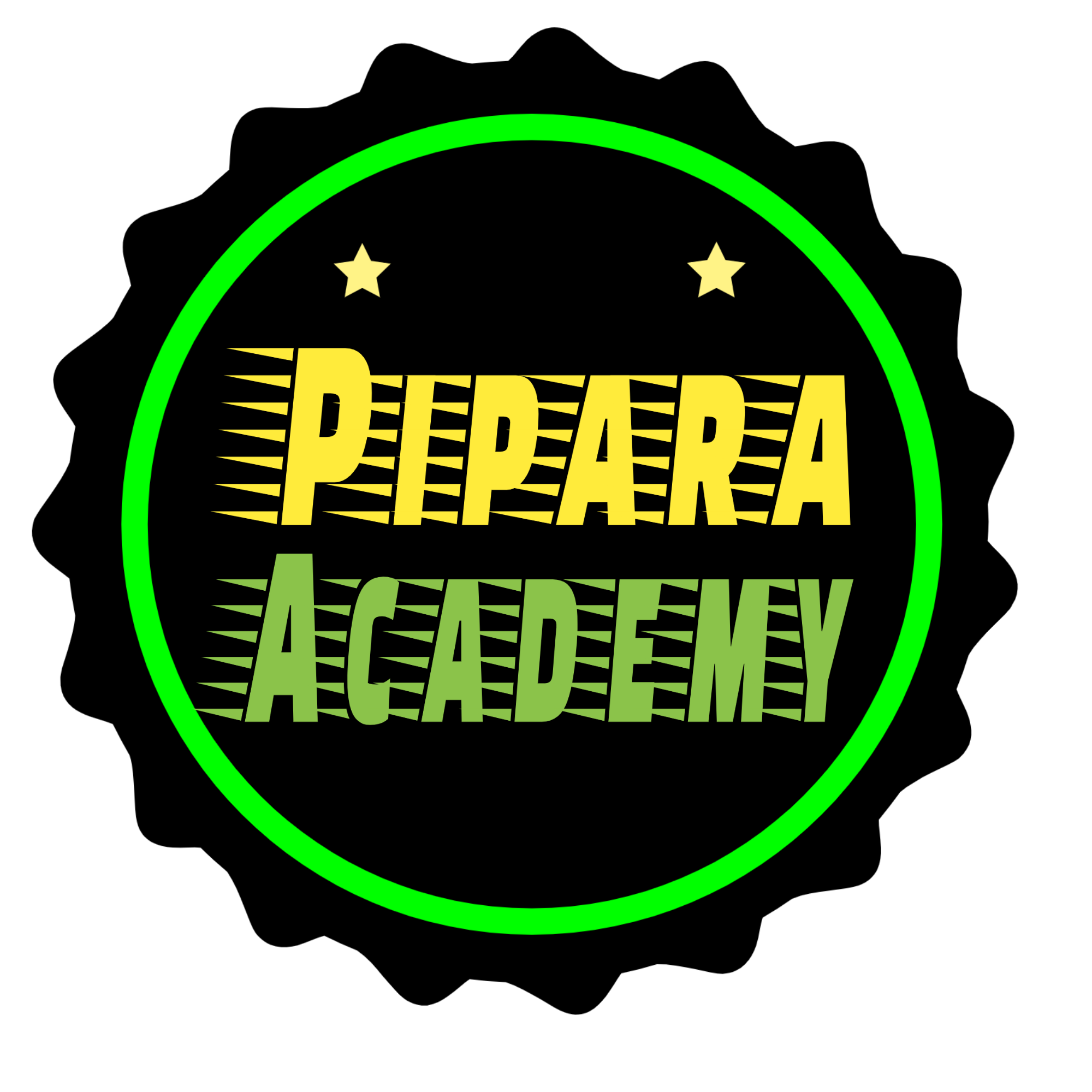Physics - Syllabus & Complete Course Guide for BSc CSIT First Semester
Physics - Syllabus Complete Details.

Course Overview: This course covers the fundamentals of physics, including oscillations, electromagnetic theory, basics of quantum mechanics, band theory, semiconductors, universal logic gates, and the physics of manufacturing integrated circuits. It aims to provide a strong foundation in physics and its applications in computer science and information technology.
Course Objectives
The main objective of this course is to:
- Provide foundational knowledge in physics.
- Apply physics principles to computer science and information technology
Course Contents
The primary objective of this course is to familiarize students with the techniques of structured programming using C. By the end of the course, students will be able to develop, debug, and optimize C programs efficiently.
Unit 1: Rotational Dynamics and Oscillatory Motion (5 Hrs.)
- Moment of inertia and torque
- Rotational kinetic energy
- Conservation of angular momentum
- Oscillation of spring: frequency, period, amplitude, phase angle, and energy
Unit 2: Electric and Magnetic Field (5 Hrs.)
- Electric and magnetic field and potential
- Force on a current-carrying wire
- Magnetic dipole moment
- Force on a moving charge
- Hall effect
- Electromagnetic waves
Unit 3: Fundamentals of Atomic Theory (8 Hrs.)
- Blackbody radiation
- Bohr atom
- Spectrum of Hydrogen
- Franck-Hertz experiment
- De Broglie’s hypothesis and its experimental verification
- Uncertainty principle and its origin
- Matter waves and the uncertainty principle
- Group velocity
Unit 4: Methods of Quantum Mechanics (5 Hrs.)
- Schrödinger theory of quantum mechanics and its application
- Outline of the solution of Schrödinger equation for H-atom
- Space quantization and spin
- Atomic wave functions
Unit 5: Fundamentals of Solid State Physics (6 Hrs.)
- Crystal structure
- Crystal bonding
- Classical and quantum mechanical free electron model
- Bloch theorem
- Kronig-Penny mode
- Tight-binding approximation
- Conductors, insulators, and semiconductors
- Effective mass and holes
Unit 6: Semiconductor and Semiconductor Devices (8 Hrs.)
- Intrinsic and extrinsic semiconductors
- Electrical conductivity of semiconductors
- Photoconductivity
- Metal-metal junction: The contact potential
- The semiconductor diode
- Bipolar junction transistor (BJT)
- Field effect transistor (FET)
Unit 7: Universal Gates and Physics of Integrated Circuits (8 Hrs.)
- Universal gates
- RTL and TTL gates
- Memory circuits
- Clock circuits
- Semiconductor purification: Zone refining
- Single crystal growth
- Processes of IC production
- Electronic component fabrication on a chip
Laboratory Works
Students should be able to perform at least one experiment from Units 1, 2, 5, 6, and 7. Detailed instructions for experiments will be provided in the lab manual.
Recommended Books
Textbook:
- Garcia Narciso, Damask Arthur, Physics for Computer Science Students, Springer-Verlag
Reference Books:
- Halliday David, Resnick Robert, and Walker Gearl, Fundamentals of Physics, 9th ed., John Wiley and Sons, Inc.
- Francis W. Sears, Hugh D. Young, Roger Freedman, Mark Zemansky, University Physics, Volume 1 & 2, 14th ed., Pearson Publication
- Knight Randall D., Physics for Scientists and Engineers: A Strategic Approach, 3rd ed., Pearson Publication

.jpg)



